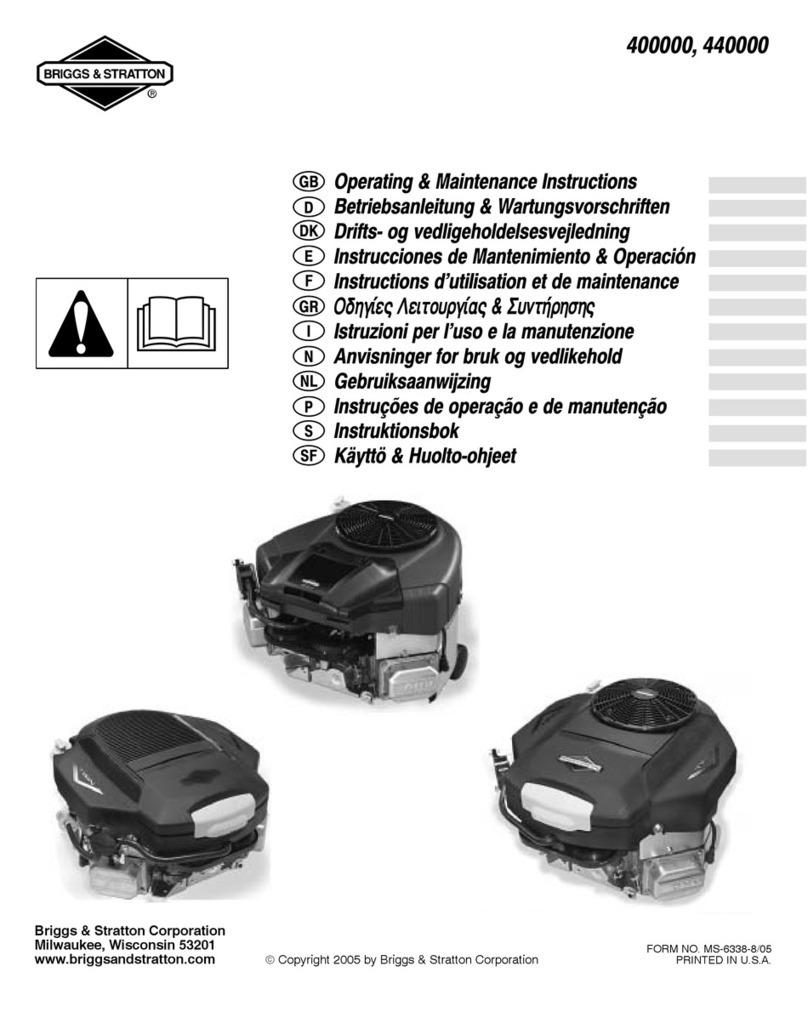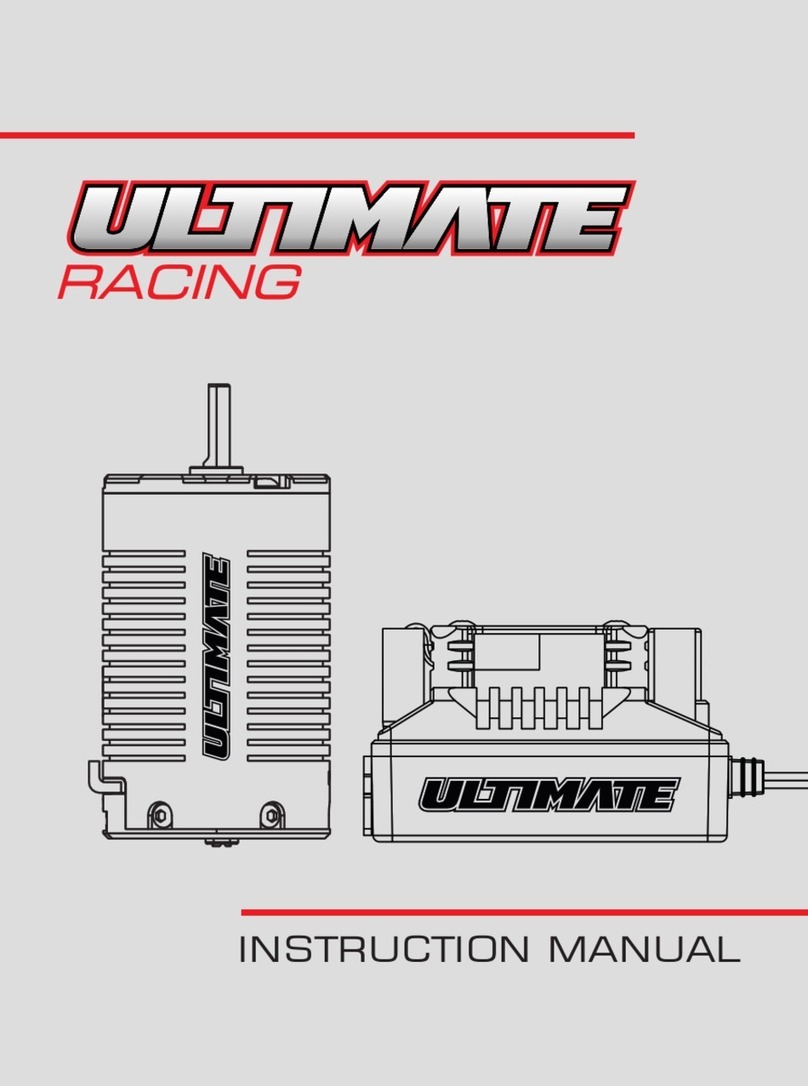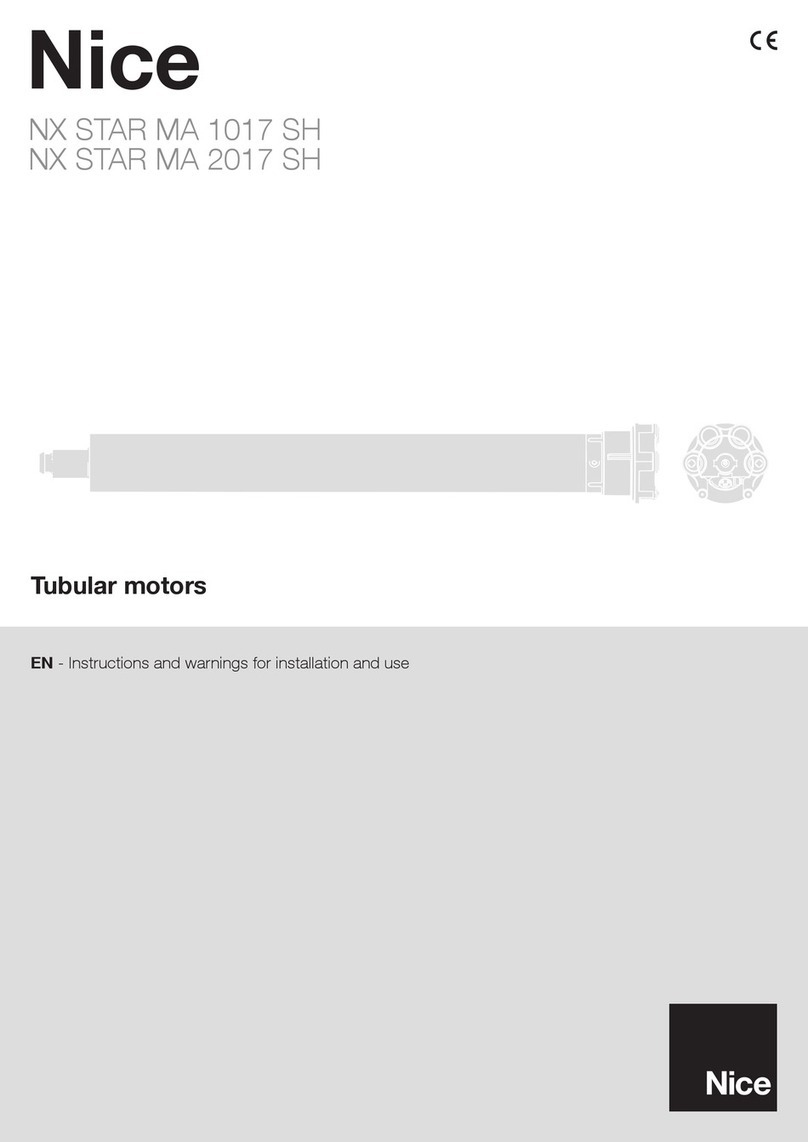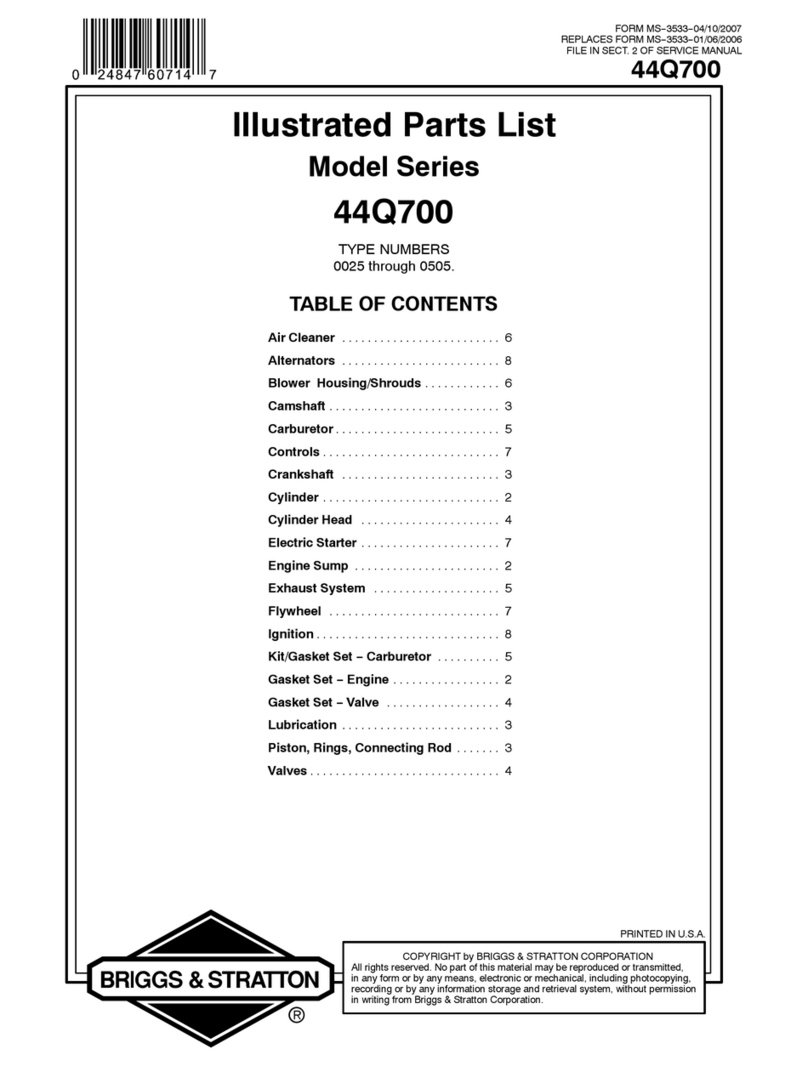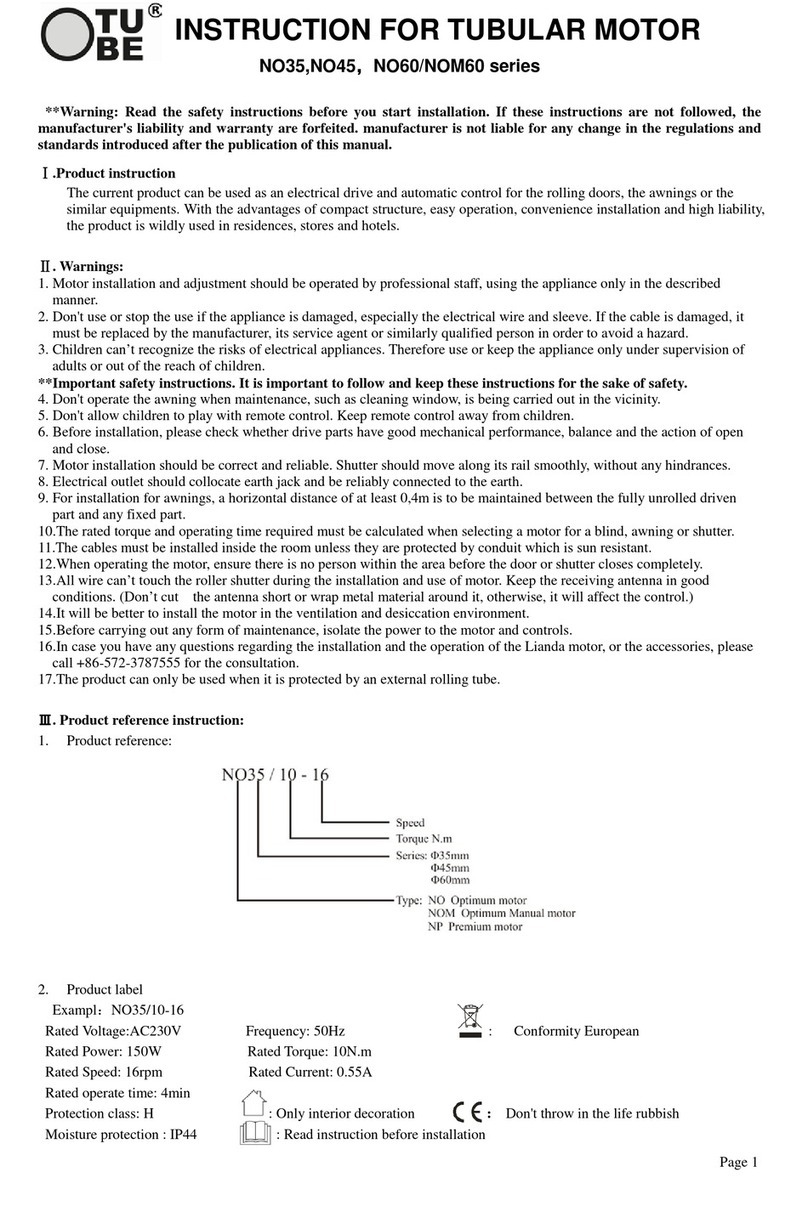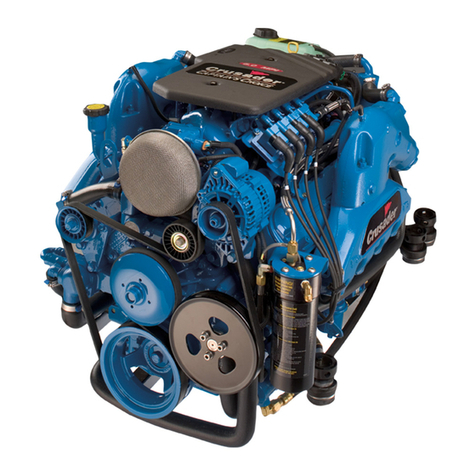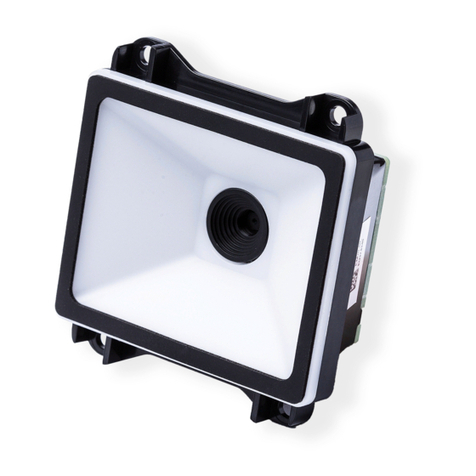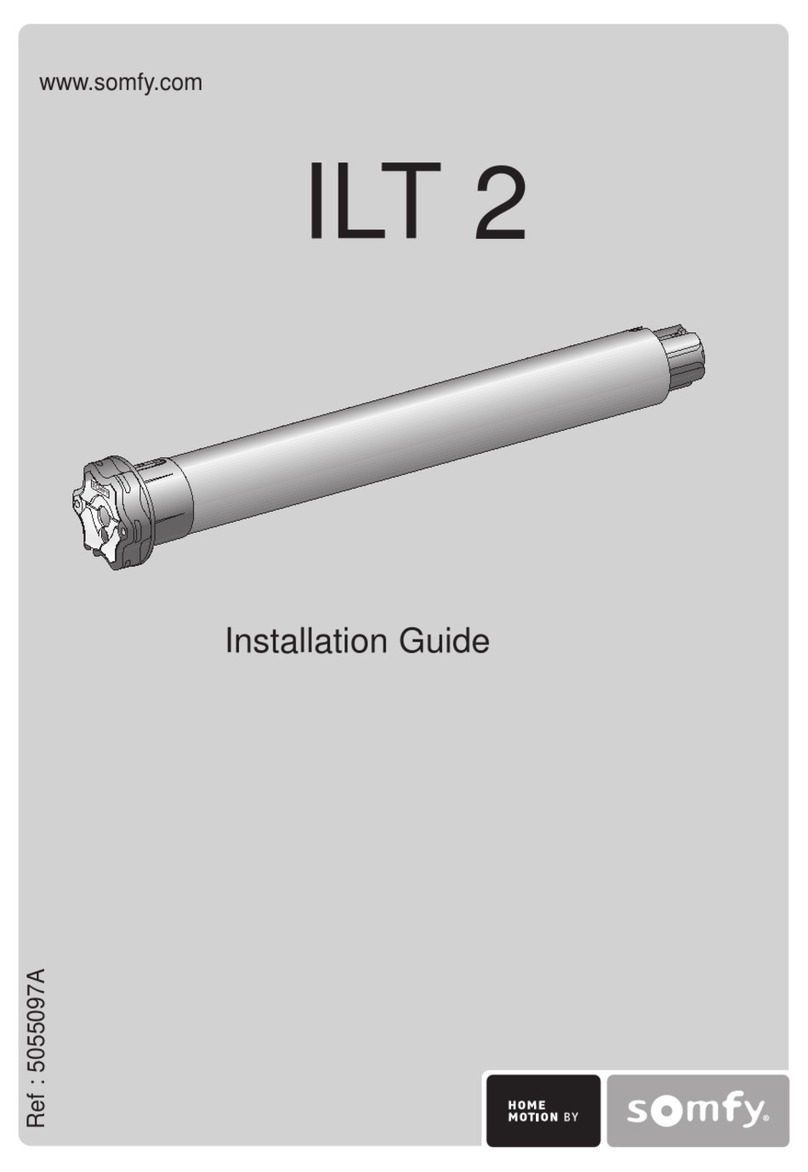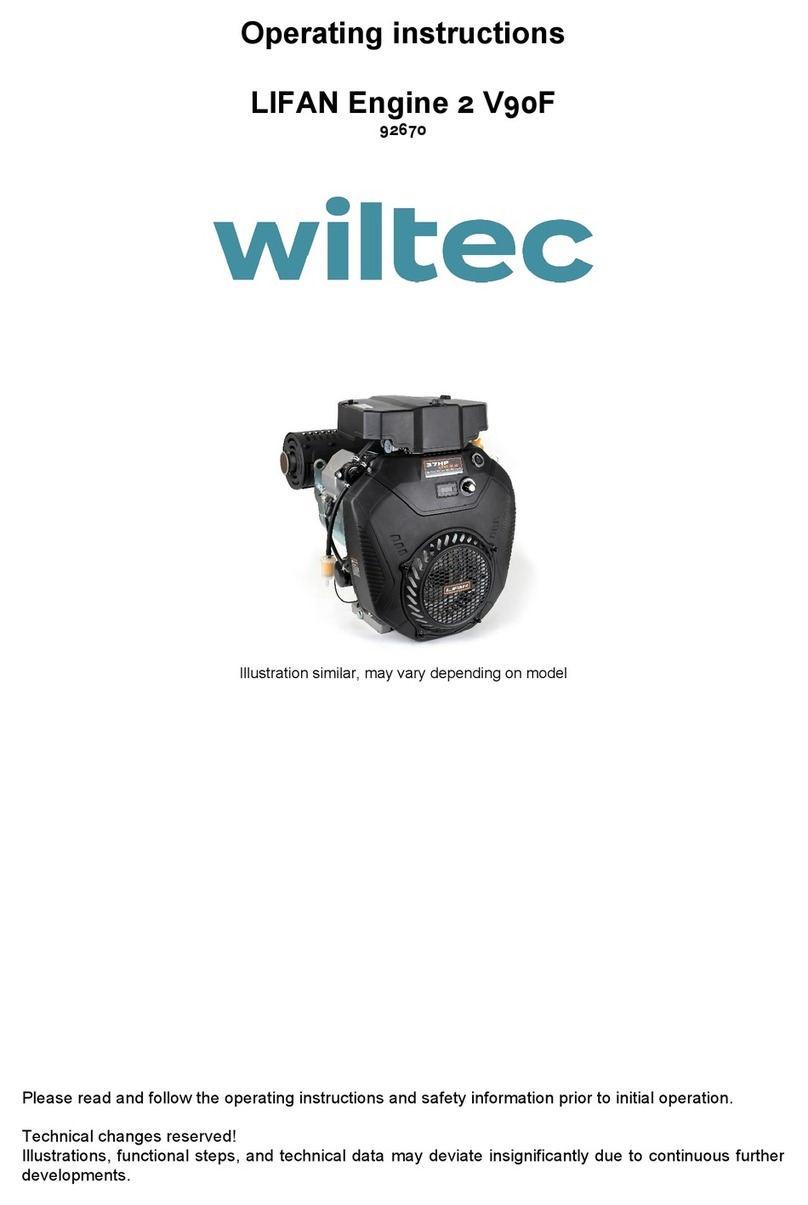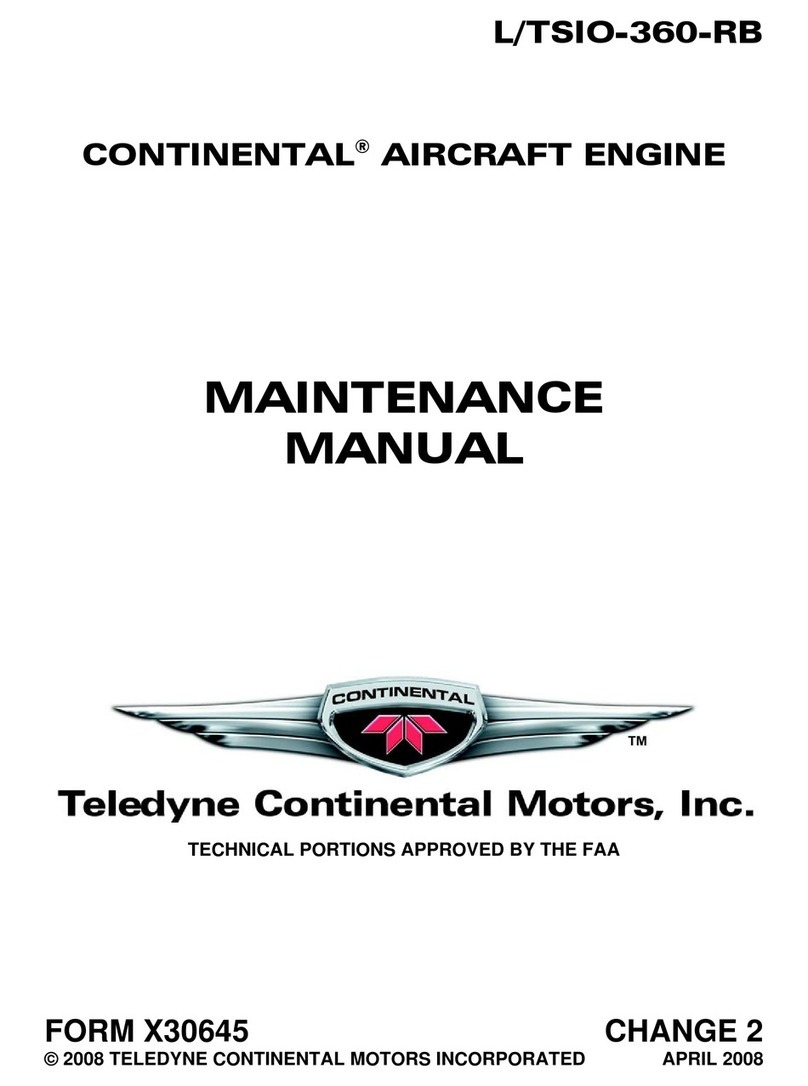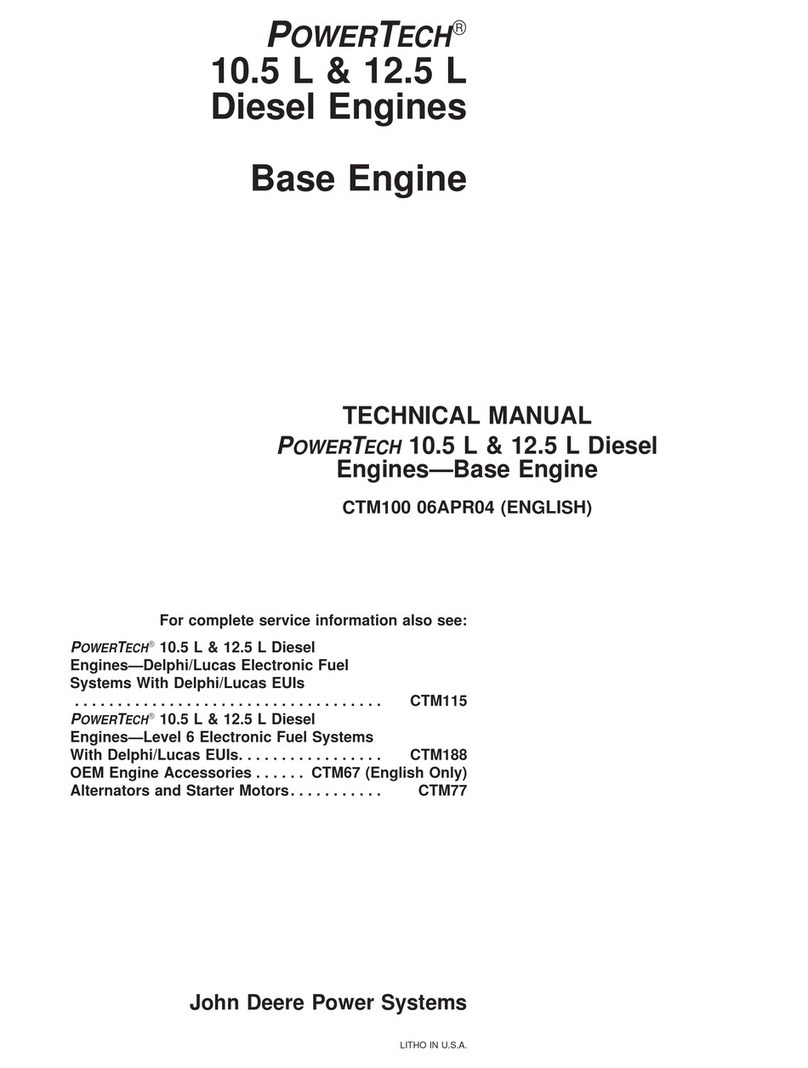
CHAPTER
A
TABLE OF
CONTENTS
(continued)
Section
Page
VIII
CLEANING
PARTS
A-8-1
8
1
Materials
and
Processes.
...............................
A-8-1
8-2
Specific Parts.
....................................
A-8-1
8-3
Valves.
.......................................
A-8-1
8-4
Cylinders. ......................................
A-8-1
8-5
Pistons. .......................................
A-8-2
8-6
Crankshaft.
.....................................
A-8-2
8-7
Crankcase.
.....................................
A-8-2
8-8
Ball
Bearings.
...................................
A-8-2
IX
INSPECTION
A-9-1
9-1
Definition of
Terms
.. .. ... ..... .. .. .. .. .... . ... . .. ..
A 9-
9-2
Protection
from
Corrosion. .............................
A-9-1
9-3
Visual
Inspection. ..................................
A-9-1
9-4
Magnetic
Particle
Inspection.
............................
A-9-2
9-5
Fluorescent
Particle
Inspection.
..........................
A-9-2
9-6
Dimensional Inspcction. ...........................
A-9-2
9-7
Protective Coating.
.................................
A-9-2
9-8
Application
of "Alodine
1200".............................A-9-2
9-9
Repair
of
"Alodized"
Surfaces
. . . .
........................
A-9-3
9-10
Enamel
Coatings.
..................................
A-9-3
9-11
Specific
Inspections.
................................
A-9-3
9-12
Crankcase.
.....................................
A-9-3
9-13
Crankshaft
and
Propeller
Driveshaft.
........................
A-94
9-14
Crankshaft
and
Counterweight
Bushings.
...................... A-94
9-15
Camshaft.
......................................
A-9-5
9-16
Connecting
Rods.
..................................
A-9-5
9-17
Gears.
........................................
A-9-5
9-18
Pistons
and
Rings.
.............. .................
A-9-5
9-19 Cylinders. ......................................
A-9-5
9-20
Hydraulic
Valve
Lifters.
..............................
A-9-6
9-21
Intake
Tubes.
....................................
A-9-6
9-22
Lubrication
System.
................................
A-9-6
9-2
3
Fuel
Injection
System.
...............................
A-9-6
9-24
Ignition
System.
.................................
A-9-6
X
REPAIR
AND REPLACEMENT
A-10-1
10-1
Castings.
......................................
A-1b-1
10-2
Stud Replacement.
.................................
A-10-1
10-3
Helical
Coil
Insert
Installation.
...........................
A-10-1
104
Cylinders. ......................................
A-10-2
10-5
Crankshaft
Assembly.
................................
A-10-3
10-6
Idler
Gear.
.....................................
A-104
10-7
Magneto
and
Accessory
Drive
Adapter
Assembly.
.................
A-
10-4
10-8
Tachometer
Drive
Housing.
.............................
A-
10-4
10-9
Starter
Drive
Adapter.
...............................
A-1
0-4
10-10
Oil
Pump Assembly.
................................
A-1O0-4
10-11
Ignition
Cables.
...................................
A-10-4
10-12
100%
Replacement
Parts
At
Normal
Major
Overhaul.
................
A-10-5
iii




















